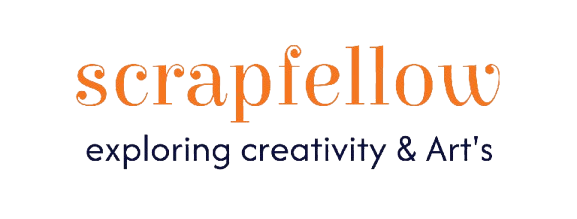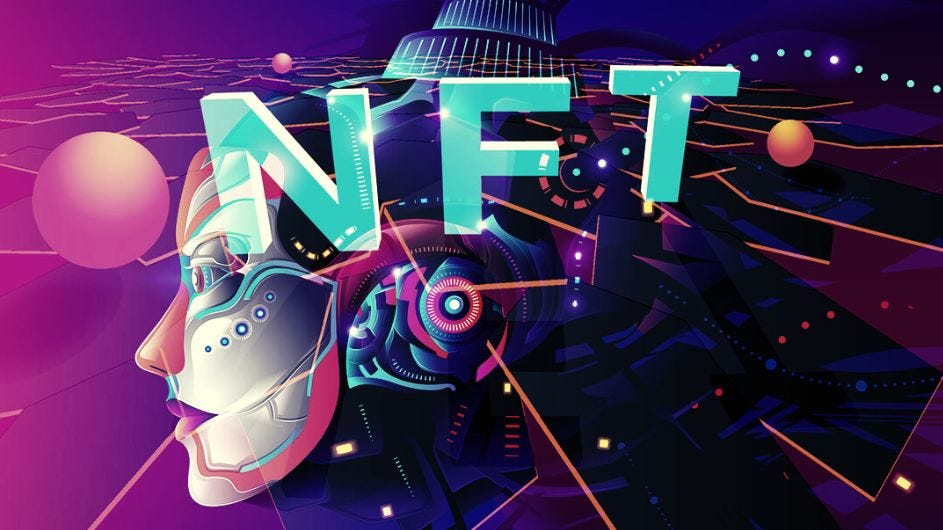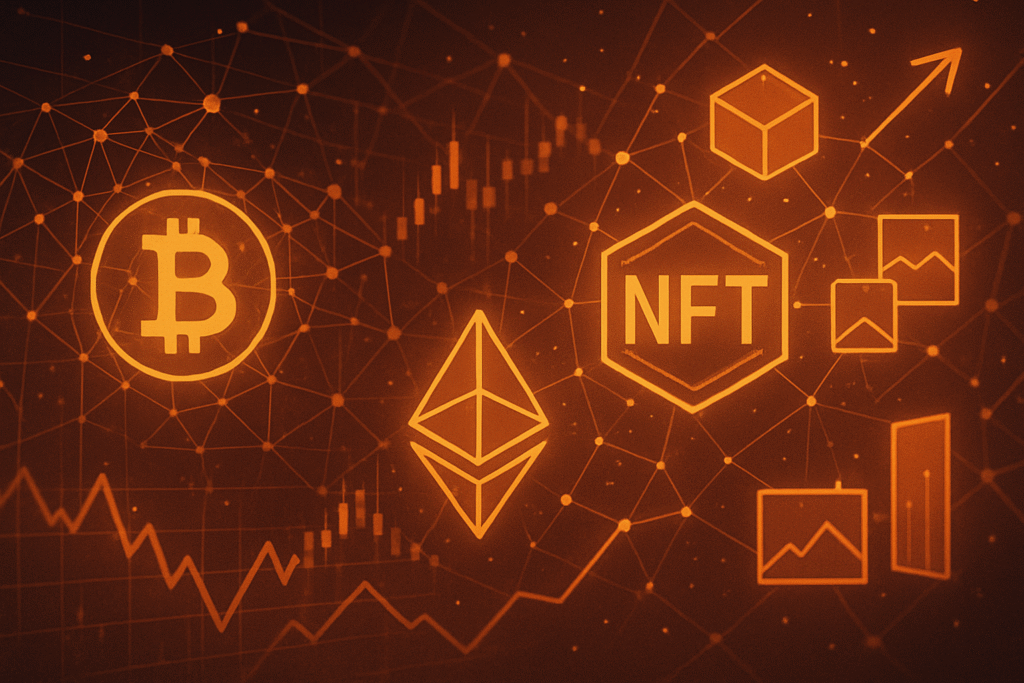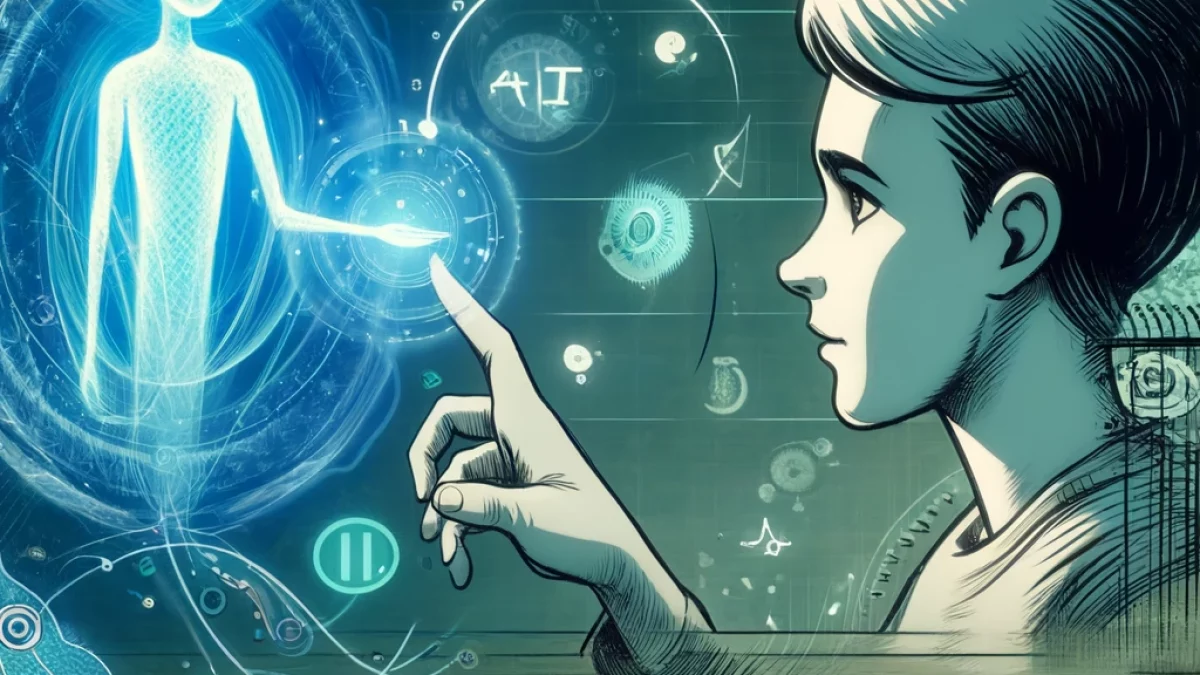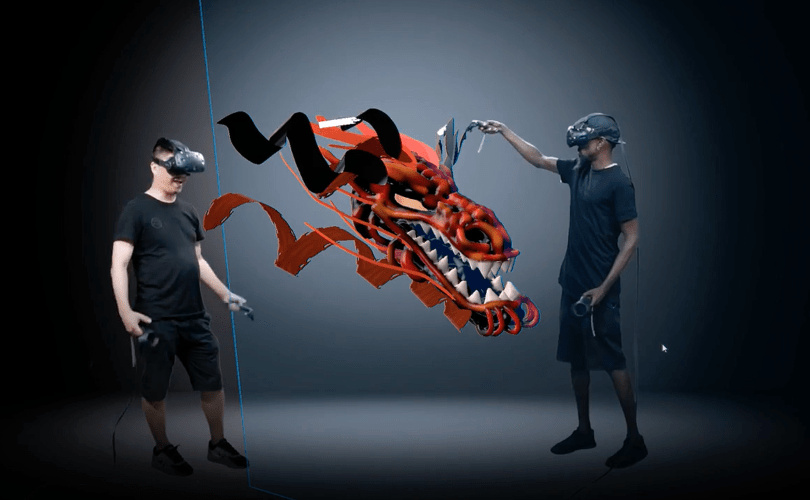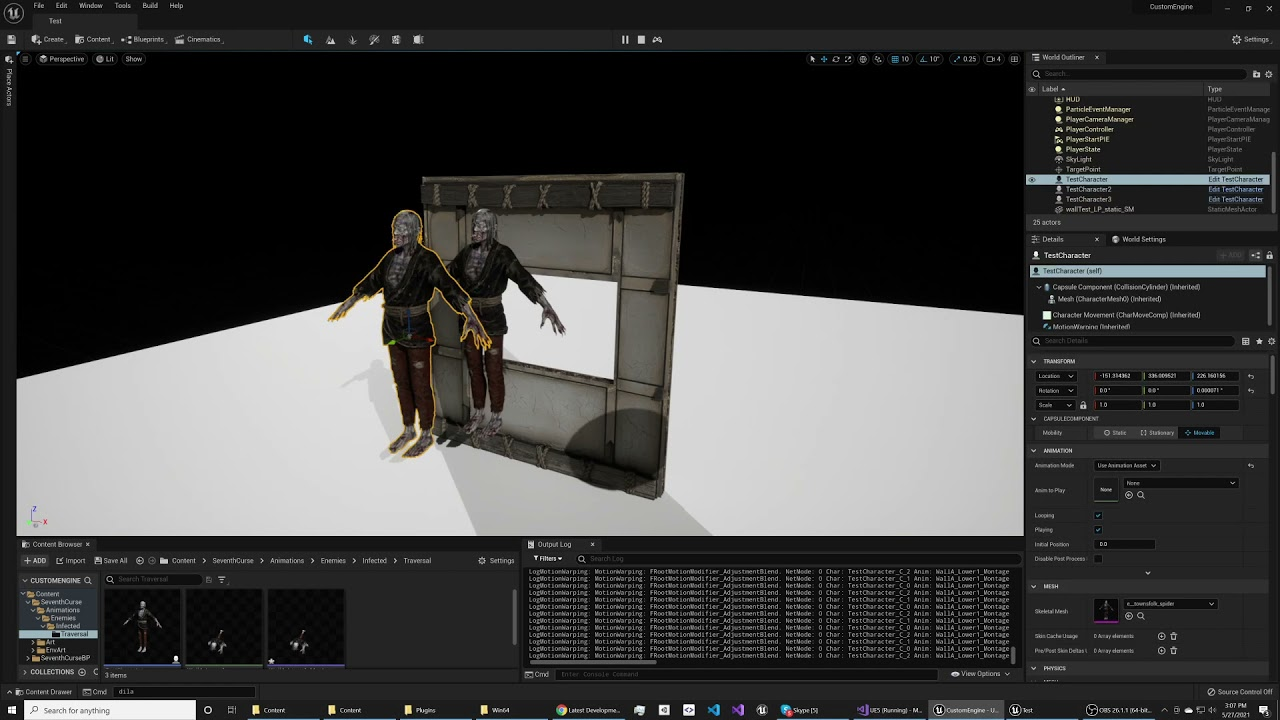In 2025, the fusion of artificial intelligence and non-fungible tokens (NFTs) has given rise to a new era in digital art. Artists are leveraging AI tools to generate intricate designs, blending human creativity with machine precision. This collaboration results in unique, dynamic artworks that challenge traditional notions of authorship and originality. As AI continues to evolve, its role in the creative process becomes increasingly significant, offering artists innovative ways to express their visions and engage with audiences.
The integration of AI in NFT art has also led to the development of interactive and evolving pieces. These artworks can change in response to external data or user interactions, providing a personalized experience for each viewer. This dynamic nature enhances the value proposition of NFTs, offering collectors more than just static images but living pieces of art that evolve over time. Such innovations are attracting both tech enthusiasts and traditional art collectors, bridging the gap between the digital and physical art worlds.
However, this convergence raises questions about the future of art ownership and copyright. As AI-generated content becomes more prevalent, establishing clear guidelines and frameworks for intellectual property rights is essential. Artists, collectors, and legal experts must collaborate to navigate these complexities, ensuring that the integrity of the art world is maintained while embracing technological advancements. The ongoing dialogue will shape the trajectory of NFT art, balancing innovation with ethical considerations.
